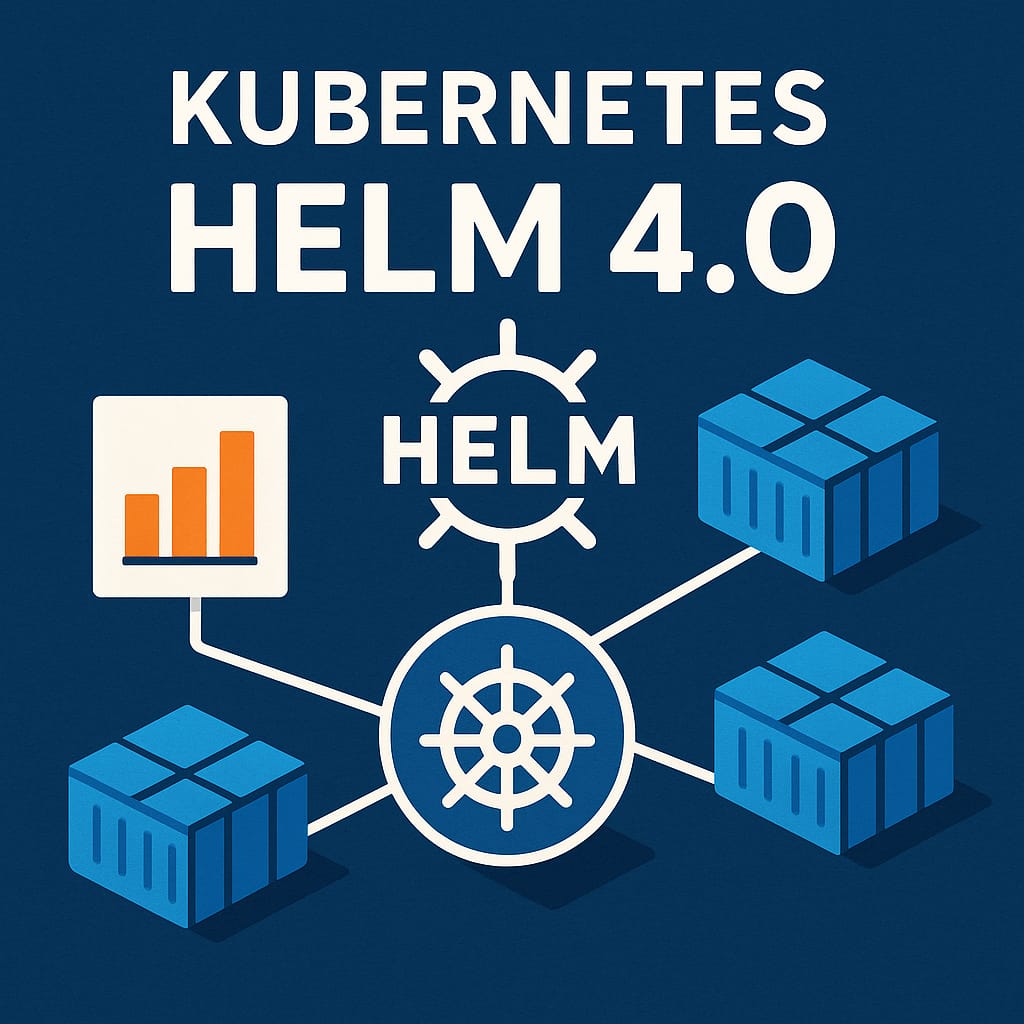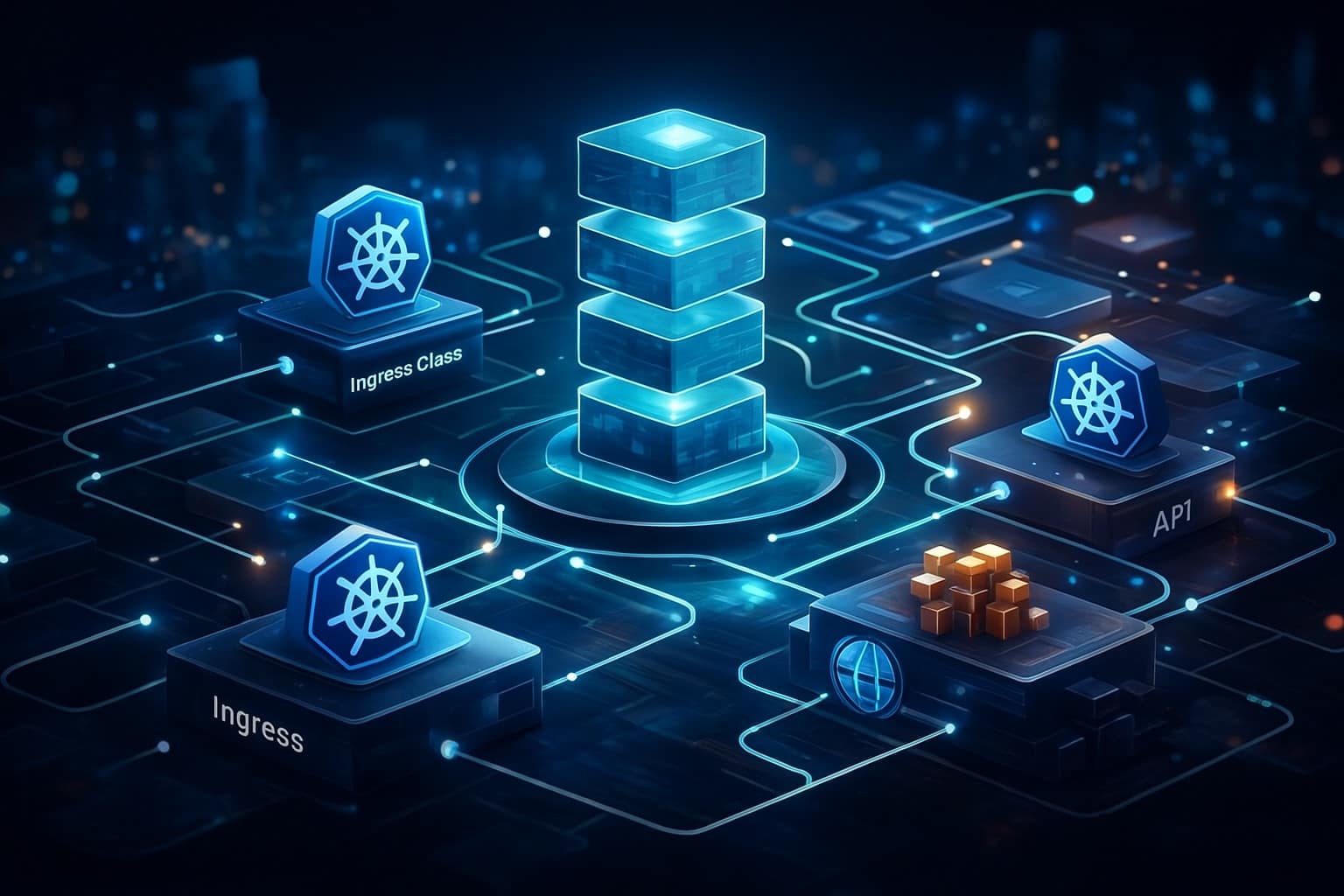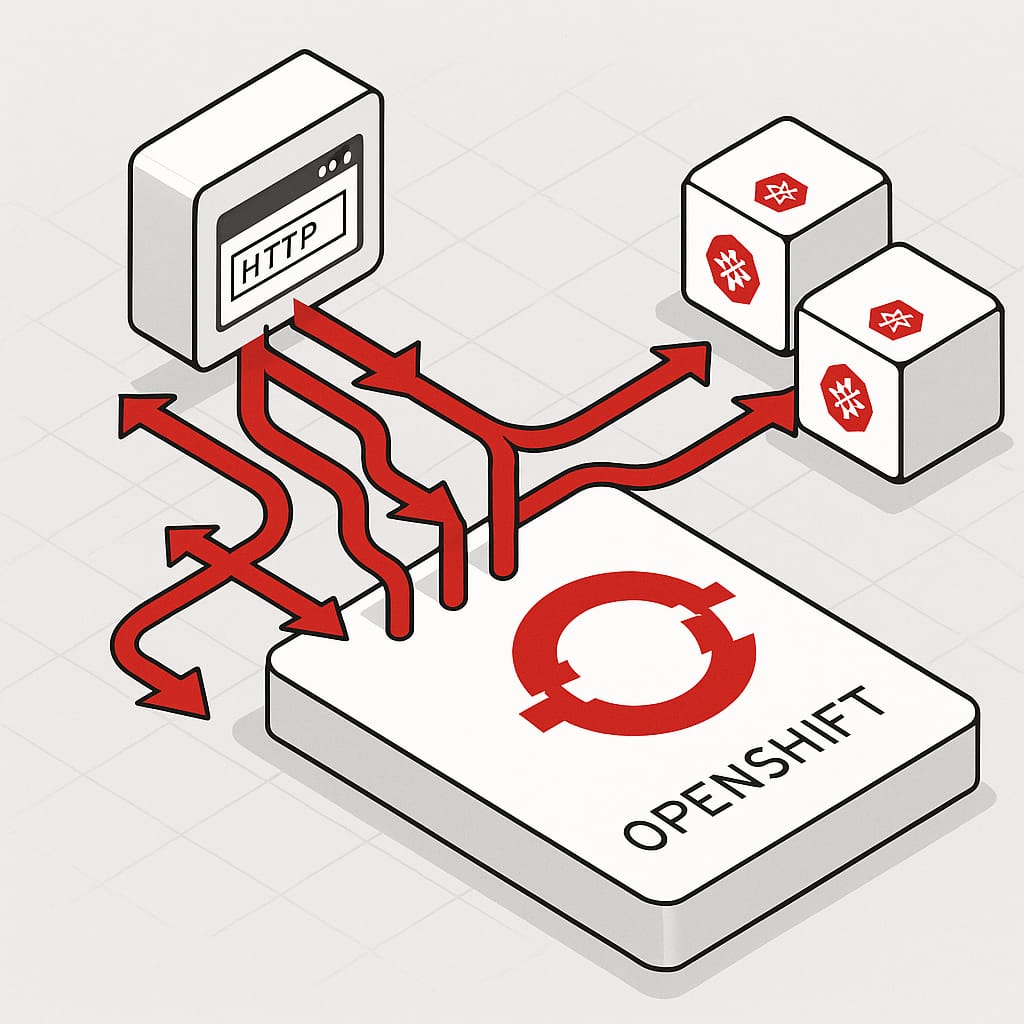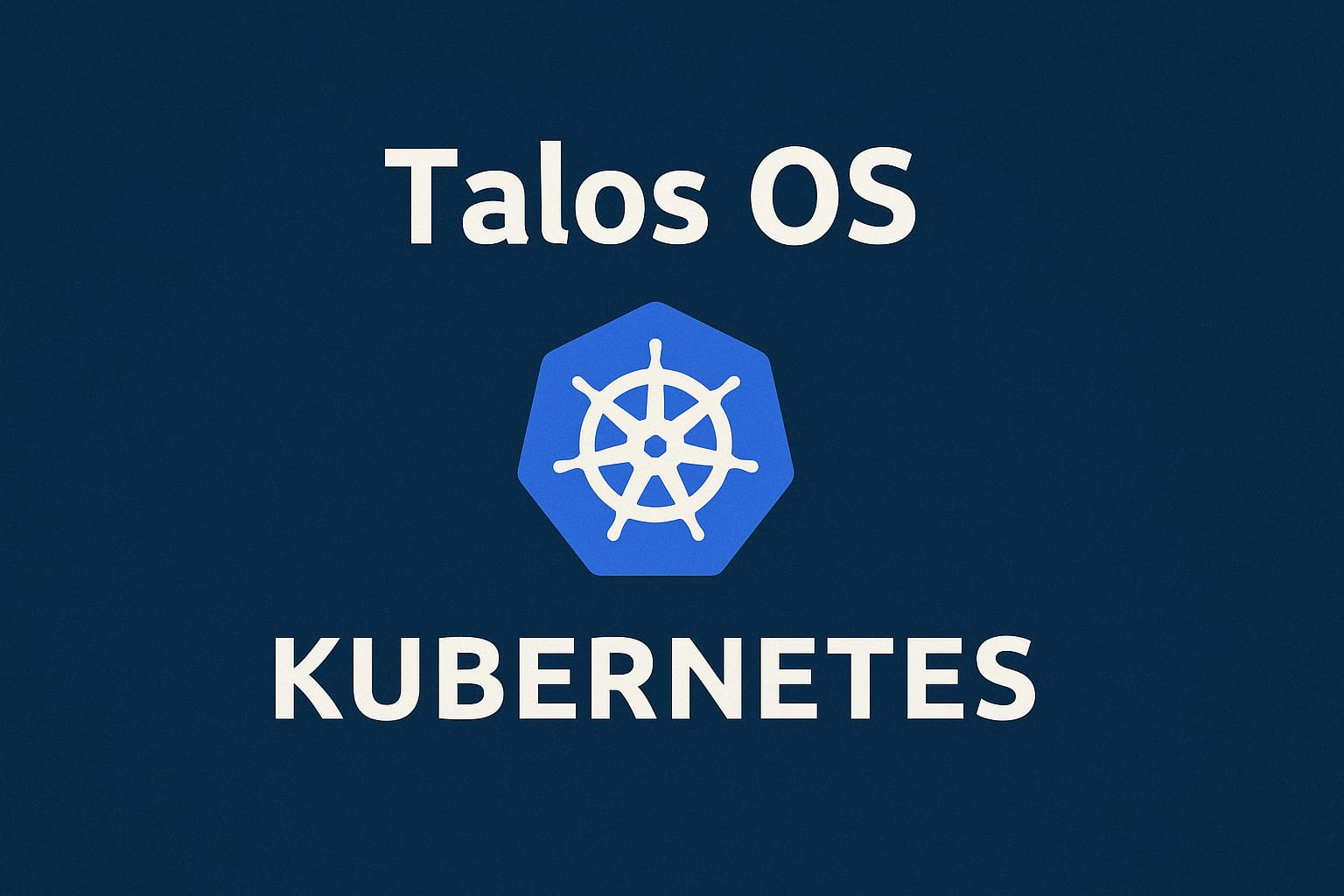MinIO in Maintenance Mode: What It Means for the Community Edition, OEM Users, and Open-Source Alternatives
MinIO has placed its Community Edition into Maintenance Mode and shifted to source-only distribution. This article explains what that really means in practice, how it impacts downstream and OEM users, whether forks are emerging, and which fully open-source alternatives offer stronger long-term maintenance









